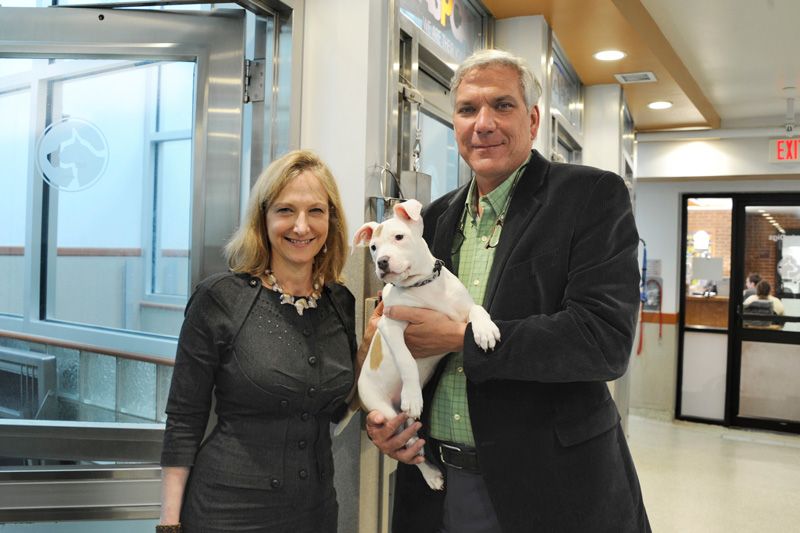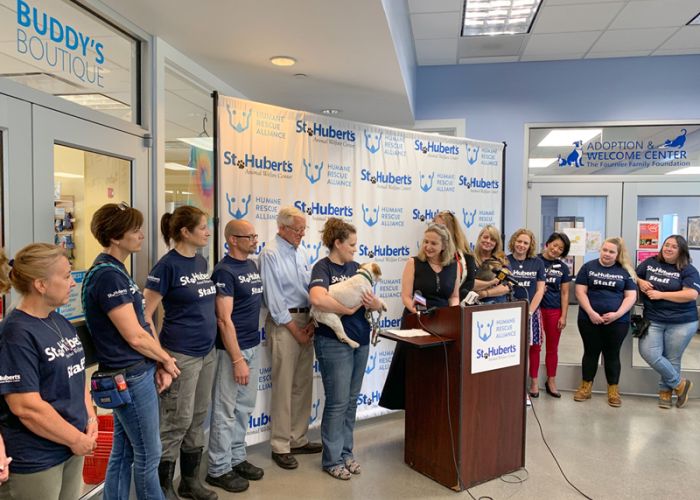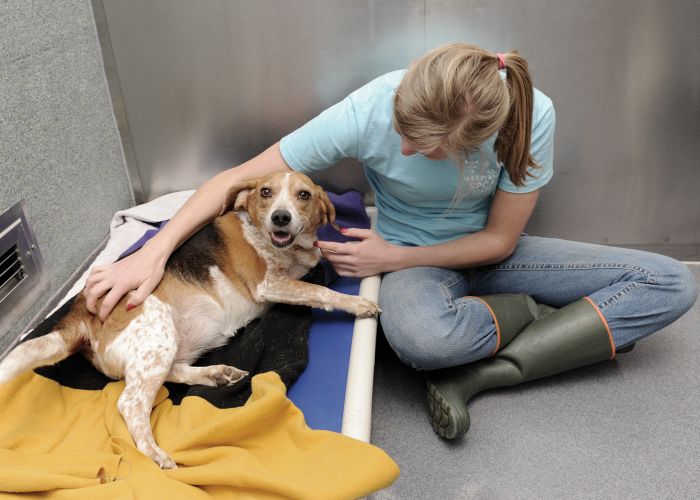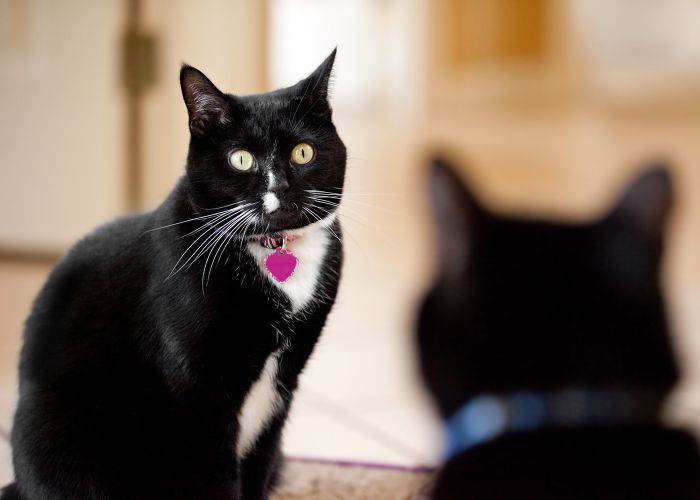A rare case of cooperation in Washington
D.C. animal welfare groups merge to better serve the community

In February, animal control officers in Washington, D.C., visited a home that had more than 20 dogs—from adults to newborns to 3-month-old puppies—who had all been exposed to parvo. The officers brought them to an animal welfare organization’s veterinary clinic in Northeast D.C.
It wasn’t an unusual protocol, but this time, the process moved exceptionally quickly. Officers didn’t have to wait and figure out if the clinic could take the animals. They brought them right in, and staff were treating the dogs within 45 minutes.
The difference this time was that the ACOs and the vet clinic and its staff were all part of the same organization. Previously, they had either been part of the government-funded, open-admission Washington Humane Society (WHS) or the private, limited-admission Washington Animal Rescue League (WARL). But earlier in the month, WHS and WARL had merged, creating what they believe is the first organization in a major U.S. city that provides all of the animal welfare services to the community, including animal control. Officials from the combined group (which plans to announce its new name in the fall) say the merger will allow them to help more animals—upward of 60,000 per year—more efficiently.
“It makes the most sense for the animals,” says Roger Marmet, former board chair of WARL and chair of the new organization’s board (comprised of both organizations’ members).
“Now we’re in a much better position to write a narrative and speak as one voice, loudly, in a way that can be heard,” adds Lisa LaFontaine, former president and CEO of WHS, who has the same title with the combined organization.
A decade ago, the move might have seemed unthinkable, and it surprised some people in the field who know of the past rivalry between the groups. But since the organizations started working together about eight years ago, they’d been developing strong relationships that paved the way for the merger, agree LaFontaine and Marmet.
WHS and WARL both started in the early 20th century and worked together in those days, says LaFontaine. Eventually that changed, and the groups didn’t have as strong a relationship as they competed for adopters, donors and volunteers.
LaFontaine became CEO of WHS in 2007 after working in New England, where she says groups collaborate frequently. WARL also had a new leader, and the groups decided they could help more animals by joining forces.
They started by transferring animals from WHS to WARL, about 400 to 600 each year. As their partnership progressed, they held joint trainings, worked on cruelty cases together and consulted each other.

In February 2015, both groups were considering capital campaigns for new facilities. The groups realized it didn’t make sense to have “confusing and possibly competing capital campaigns going on at the same time, for the same reason,” says LaFontaine.
Besides, the public already got the two groups confused. “Checks would come to one organization that were written out to the other one,” says Marmet.
“Once we sat down and really played out ‘What are the futures of these two organizations?’ we saw movement together,” says LaFontaine. “All of the important philosophies and practices were the same, the programs themselves were distinct and complementary, and when we [analyzed] all the strengths and weaknesses … we found that any potential weakness or obstacle was resolved by coming together.”
The groups both had programs for adoption, volunteering and foster care, but each also had programs the other did not. WHS did humane law enforcement and reached underserved communities as a mentorship group with the HSUS Pets for Life program; WARL ran a low-cost veterinary clinic and did humane education.
Officials from the two groups will make decisions together about the organization’s future, like which facilities will remain open and where each program will operate from. (As of July, the organization had condensed five animal care facilities between WHS and WARL to three facilities and hopes to have only two soon. The long-term goal is to have two strategically located campuses—WARL’s current facility in Northeast D.C. and a new one in Southeast D.C.)
For admissions, owner surrenders will be by appointment (which both groups already did), and strays will be taken in as they are found (which WHS always did).

Soon after the merger, LaFontaine was already getting calls from other groups that were interested in making a similar move. She recommends they look together at the needs of the animals and people in the community and collect data about population trends, intake and adoption at all the facilities to find out where animals are “falling through the cracks,” she says. “Then I think you can look at what programs are needed, who has these programs and how [to] develop them together.”
Marmet cautions groups not to get wrapped up in their own interests—a lesson he learned from past talks between WHS and WARL about merging that didn't pan out. “We had a thousand-item due diligence list that we said we’d figure out,” he says. “We got bogged down in ‘us versus them’ issues. We got bogged down in ego.”
This time, they went about things differently. “Really, it’s more about the community and how you serve the community better,” says Marmet. “We agreed to merge because our philosophies are aligned, our goals are aligned and in the end we can save more animals.”







